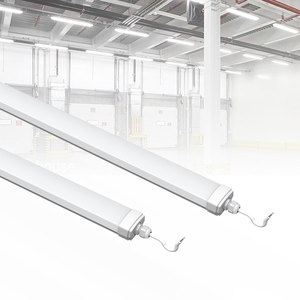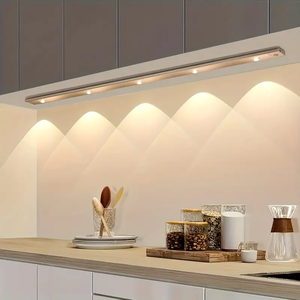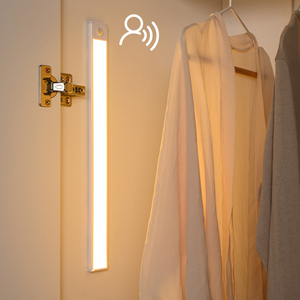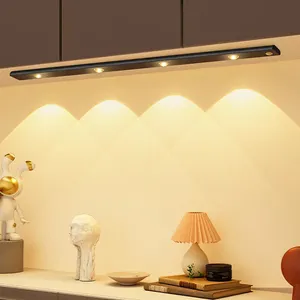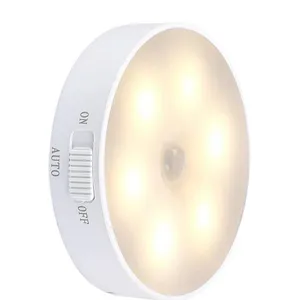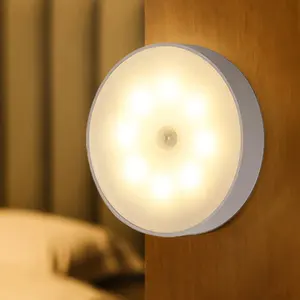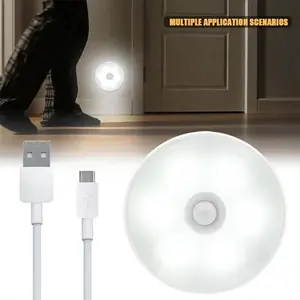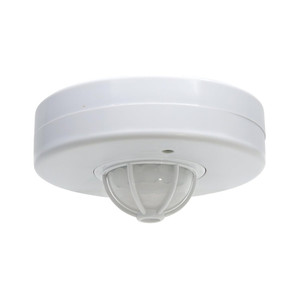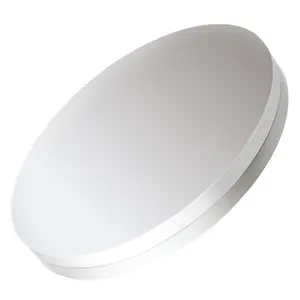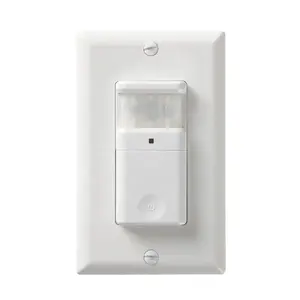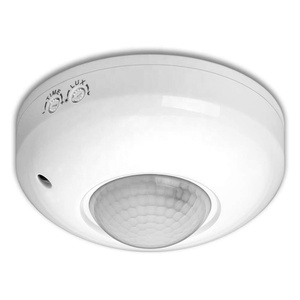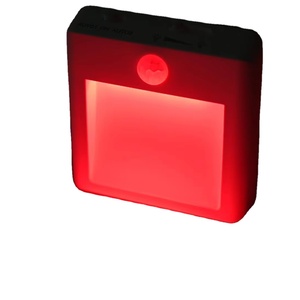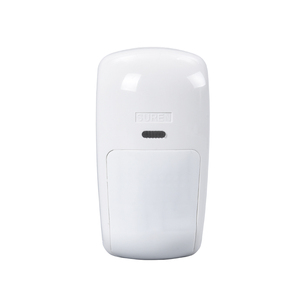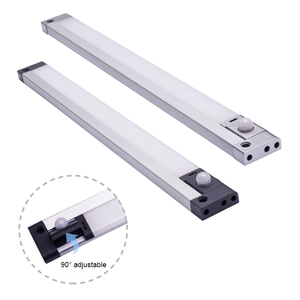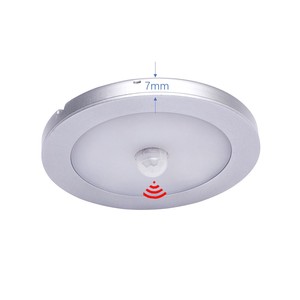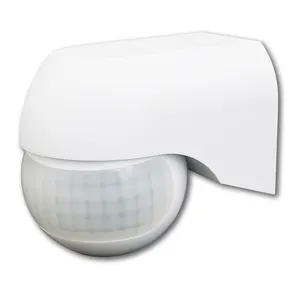Motion Sensors For Lights



 1/3
1/3



 1/3
1/3








 1/3
1/3




 1/3
1/3






 1/16
1/16



 1/1
1/1







 1/14
1/14



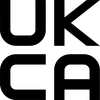





 1/30
1/30



 1/3
1/3




 1/3
1/3



 1/3
1/3






 1/15
1/15



 1/3
1/3


 0
0





 1/37
1/37



 1/3
1/3

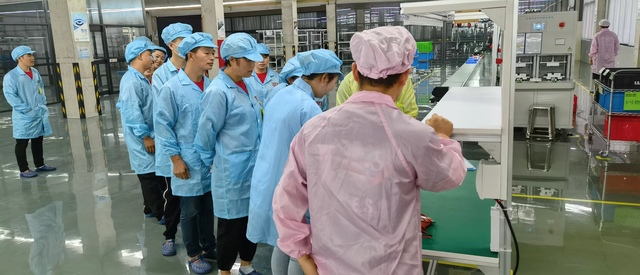

 1/3
1/3


 0
0


 0
0
About motion sensors for lights
Where to Find Motion Sensors for Lights Suppliers?
China remains the global epicenter for motion sensor-integrated lighting production, with Shenzhen and Ningbo emerging as key manufacturing hubs. Shenzhen’s electronics ecosystem supports rapid prototyping and high-volume output, hosting over 70% of smart lighting suppliers leveraging proximity to component manufacturers and logistics networks. This concentration reduces assembly lead times by 15–25% compared to decentralized regions. Ningbo specializes in industrial-grade sensors and outdoor-rated fixtures, benefiting from established electrical component supply chains and export-oriented infrastructure.
Suppliers in these clusters operate vertically integrated facilities capable of handling PCB assembly, sensor calibration, and final product testing under one roof. This integration enables faster time-to-market—typically 15–25 days for standard orders—and cost efficiencies through localized procurement of LEDs, PIR/Microwave sensors, and rechargeable batteries. Buyers gain access to scalable production lines with monthly outputs ranging from 50,000 to 500,000 units, depending on complexity and customization level.
How to Choose Motion Sensors for Lights Suppliers?
Procurement decisions should be guided by technical validation, operational reliability, and transaction security protocols:
Technical Compliance & Sensor Type
Verify sensor technology specifications: Passive Infrared (PIR), microwave, or dual-tech systems each offer distinct detection accuracy and power consumption profiles. For international markets, ensure compliance with CE, RoHS, and REACH standards. Suppliers must provide test reports validating performance under variable ambient conditions (temperature, humidity, light interference).
Production Capability Assessment
Evaluate supplier infrastructure using these benchmarks:
- Minimum facility size of 2,000m² indicating dedicated production zones
- In-house capabilities including SMT lines, battery integration, and environmental stress testing
- Engineering team involvement in custom design (e.g., USB charging, solar compatibility, color temperature tuning)
- On-time delivery rate exceeding 95% as a proxy for logistical efficiency
Cross-reference claimed capacities with actual order fulfillment data, particularly for small-batch or sample requests.
Transaction Safeguards
Utilize secure payment mechanisms such as escrow services to mitigate risk. Prioritize suppliers offering documented quality control processes, including pre-shipment inspections and failure rate tracking. Request samples to assess build quality, sensor sensitivity, and battery longevity before committing to bulk orders.
What Are the Best Motion Sensors for Lights Suppliers?
| Company Name | Location | Online Revenue | Main Products | On-Time Delivery | Avg. Response | Reorder Rate | Customization | Min. Order Quantity |
|---|---|---|---|---|---|---|---|---|
| Shenzhen Emerson Laser Tech Co., Ltd. | Shenzhen, CN | US $90,000+ | Stage Lights, Cabinet Lights, Night Lights | 100% | ≤3h | <15% | Limited | 4–10 pieces |
| Shenzhen Funny Room Technology Co., Ltd. | Shenzhen, CN | US $30,000+ | Smart Home Lights, Night Lights, Wall Lamps | 100% | ≤2h | 25% | Yes | 3–50 pieces |
| Shenzhen 4u Tech-King Technology Co., Ltd. | Shenzhen, CN | US $150,000+ | Solar Lights, Cabinet Lights, Security Dummy | 92% | ≤4h | <15% | Yes | 2–100 pieces |
| Ningbo Juda Electric Co.,Ltd. | Ningbo, CN | US $10,000+ | Motion Sensors, Flood Lights, Downlights | 85% | ≤11h | <15% | Yes | 1–1000 pieces |
| Shenzhen Top Star Optoelectronic Technology Co., Ltd. | Shenzhen, CN | US $20,000+ | Night Lights, Emergency Lights, Solar Garden Lights | 98% | ≤1h | <15% | Limited | 10–50 pieces |
Performance Analysis
Shenzhen-based suppliers dominate responsiveness and delivery consistency, with three achieving sub-4-hour average response times and two maintaining 100% on-time fulfillment. Shenzhen Funny Room Technology stands out with a 25% reorder rate, suggesting stronger customer satisfaction despite mid-tier revenue volume. Shenzhen 4u Tech-King offers broad customization across solar integration, labeling, and material selection, making it suitable for branded or region-specific designs. Ningbo Juda Electric provides industrial-grade solutions with single-unit MOQs, ideal for niche applications like recessed or IP65-rated outdoor fixtures. However, its 85% on-time delivery rate indicates potential logistical constraints. Shenzhen Top Star leads in communication speed (≤1h) and low minimum orders, favoring buyers testing new product lines.
FAQs
How to verify motion sensor for lights supplier reliability?
Confirm compliance documentation (CE, RoHS) and request third-party lab test results for sensor range, activation delay, and power efficiency. Analyze transaction history, focusing on consistent delivery performance and dispute resolution transparency. Conduct virtual audits to observe production workflows and quality checkpoints.
What is the typical sampling timeline?
Standard samples are produced within 7–12 days. Custom configurations involving unique housing, brightness levels, or wireless controls may require 18–25 days. Air shipping adds 5–10 business days depending on destination.
Can suppliers ship motion sensor lights globally?
Yes, most suppliers support international shipping via express, air, or sea freight. Confirm Incoterms (FOB, EXW, CIF) and ensure packaging meets drop-test and moisture-resistance standards for long-haul transport. Battery-containing models must comply with IATA/IMDG regulations for lithium shipments.
Do suppliers offer free samples?
Free samples are uncommon but negotiable for high-potential buyers. Most suppliers charge a nominal fee (often refundable against future orders) to cover material and labor costs. Expect to pay between $0.50 and $7.70 per unit based on product complexity.
How to initiate customization requests?
Submit detailed specifications including sensor type (PIR/microwave), voltage requirements, battery capacity (mAh), mounting method, and desired automation logic (e.g., auto-off timer, daylight sensing). Reputable suppliers will respond with engineering feasibility assessments and prototype timelines within 48–72 hours.




